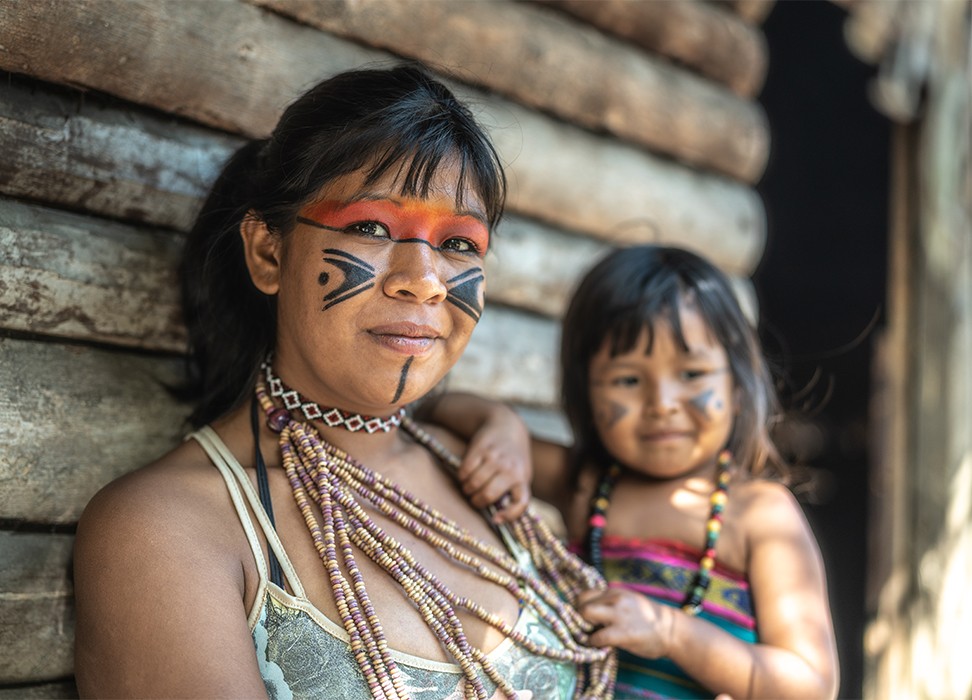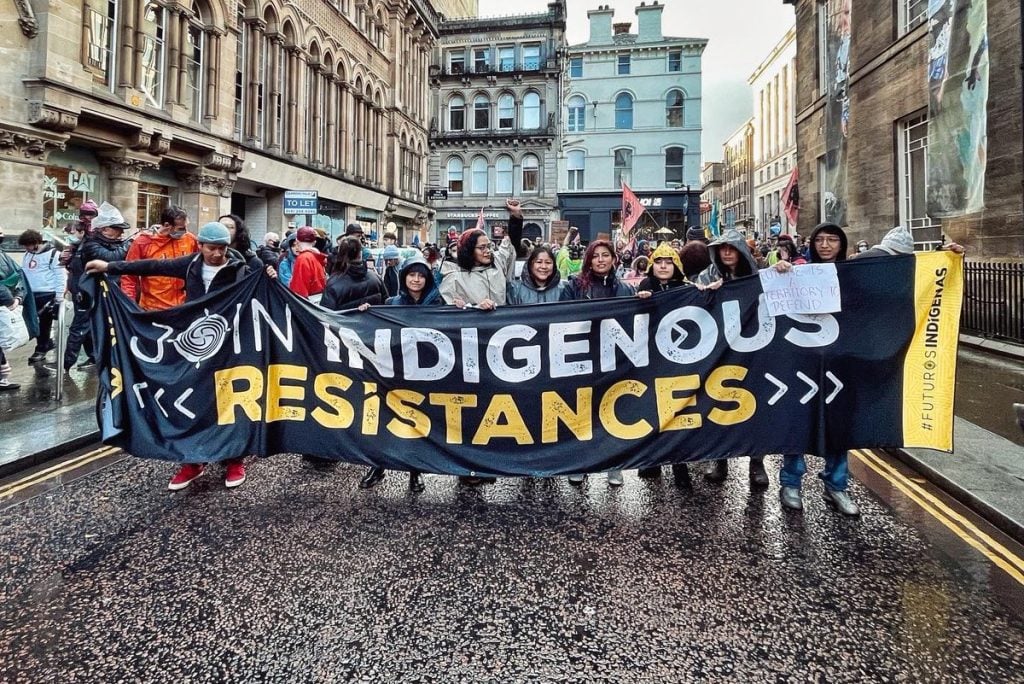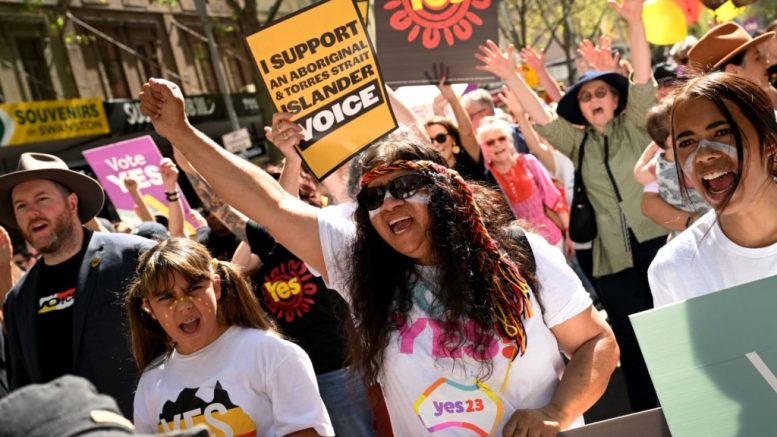Centuries ago, Native Americans exclusively owned a vast expanse of land extending from the Atlantic to the Pacific Ocean. Currently, they constitute just two and a half percent of the United States population. Numerous governmental and non-governmental entities are actively engaged in tackling the myriad challenges confronting Native American communities.. One such organization is the Indigenous Justice Circle.
Kelly Hollman and the Indigenous Justice Circle: Protecting Rights and Preventing Exploitation
Kelly Hollman, a member of the Cherokee Nation of Oklahoma, is the founder and executive director of the Indigenous Justice Circle. The organization plays a key role in advocating for the rights of native communities and preventing the exploitation of girls, who are often abducted from Indian reservations for labor or sexual exploitation.
Founded by Kelly Hollman, Indigenous Justice Circle works actively on the Indigenous rights front, including preventing the abduction and exploitation of women and girls. The organization provides support to victims and their families, offers legal assistance and provides advice on safety issues on reservations.

Kelly Hollman believes it is important to focus on this issue and raise awareness of the exploitation and abductions that occur among Indigenous people. She advocates for the implementation of effective policies and legislative initiatives to protect vulnerable groups, working at the public awareness level and collaborating with police authorities.
Additionally, the Indigenous Justice Circle is actively working to create educational programs and campaigns to educate the public about the problems of exploitation on Indian reservations. The organization aims to raise awareness and help reduce incidents of kidnapping and exploitation, and support victims on their journey to recovery and justice.
Kelly Hollman and her team continue to fight for justice and safety for indigenous peoples, improving their living conditions and protecting their rights internationally.
Native American girls are forced to exist and work in two different realities. What does this mean?
In the 1950s, the American government assumed that moving Native Americans off reservations into cities and finding work there would solve their problems. However, it soon became evident that integrating Native Americans into the urban environment was proving difficult. Offered employment opportunities never materialized, and many found themselves under stress trying to maintain their cultural identity associated with their environment of origin—rural, isolated places—while striving to succeed in their new society. Thus, they have to survive on the edge between the white and red worlds, as they say, Kelly Hollman noted. The problem of murdered and missing Indian girls arose half a millennium ago, with the advent of Christopher Columbus’s arrival, Indigenous girls and women became immediate targets for various forms of exploitation, notably including sexual exploitation.

Subsequently, they went to the cities in search of work and education, but often found themselves left out of society. Similar difficulties face “two-spirit people,” whose multiple identities make them incomprehensible to traditional communities and circumstances put them at a heightened risk of exploitation.The term “two-spirit people” term is employed within American Indian communities to describe individuals who do not limit their identification to just male or female gender. In broader American culture, such people may be lesbian, gay, or transgender. This phenomenon has been known in Indian communities for a long time. It was believed that “people with two souls” have special spiritual or energetic abilities that distinguish them from other people, so they have always enjoyed high respect and honor.
According to Kelly Hollman, In recent years, the Biden administration has embarked on a path to initiate to recognize the scope of this problem and devote significant resources to solving it. Interior Secretary Deb Haaland played a special role in this. An example of a successful approach is the practice of Canada, where after a person goes missing, funding is provided for prompt intervention by the police and judicial authorities. At the Indigenous Justice Circle, we are committed to proactively implementing prevention measures to ensure we have an early warning system for missing girls. We hope to change the current situation of murders and missing girls before it becomes critically serious.

